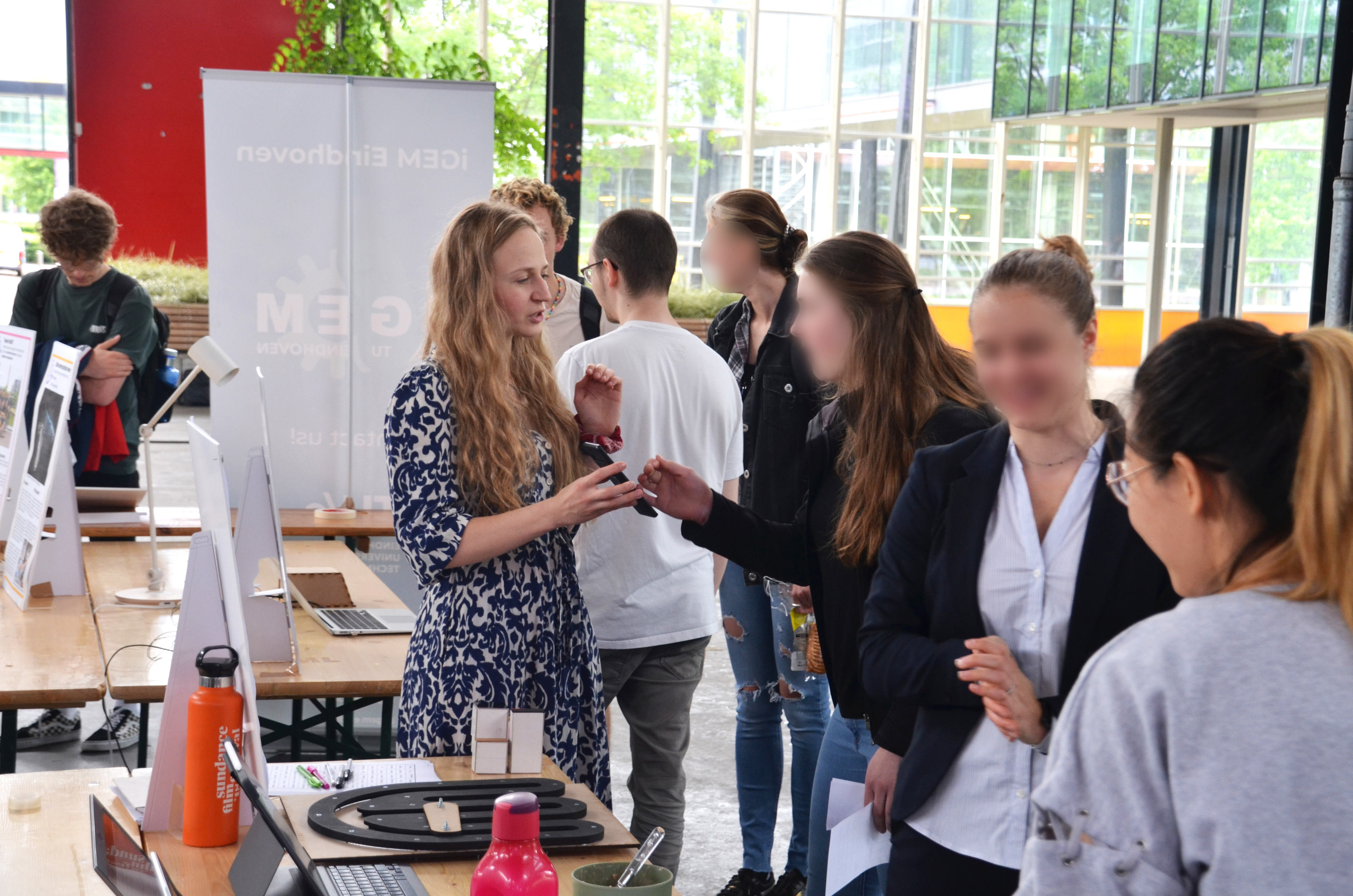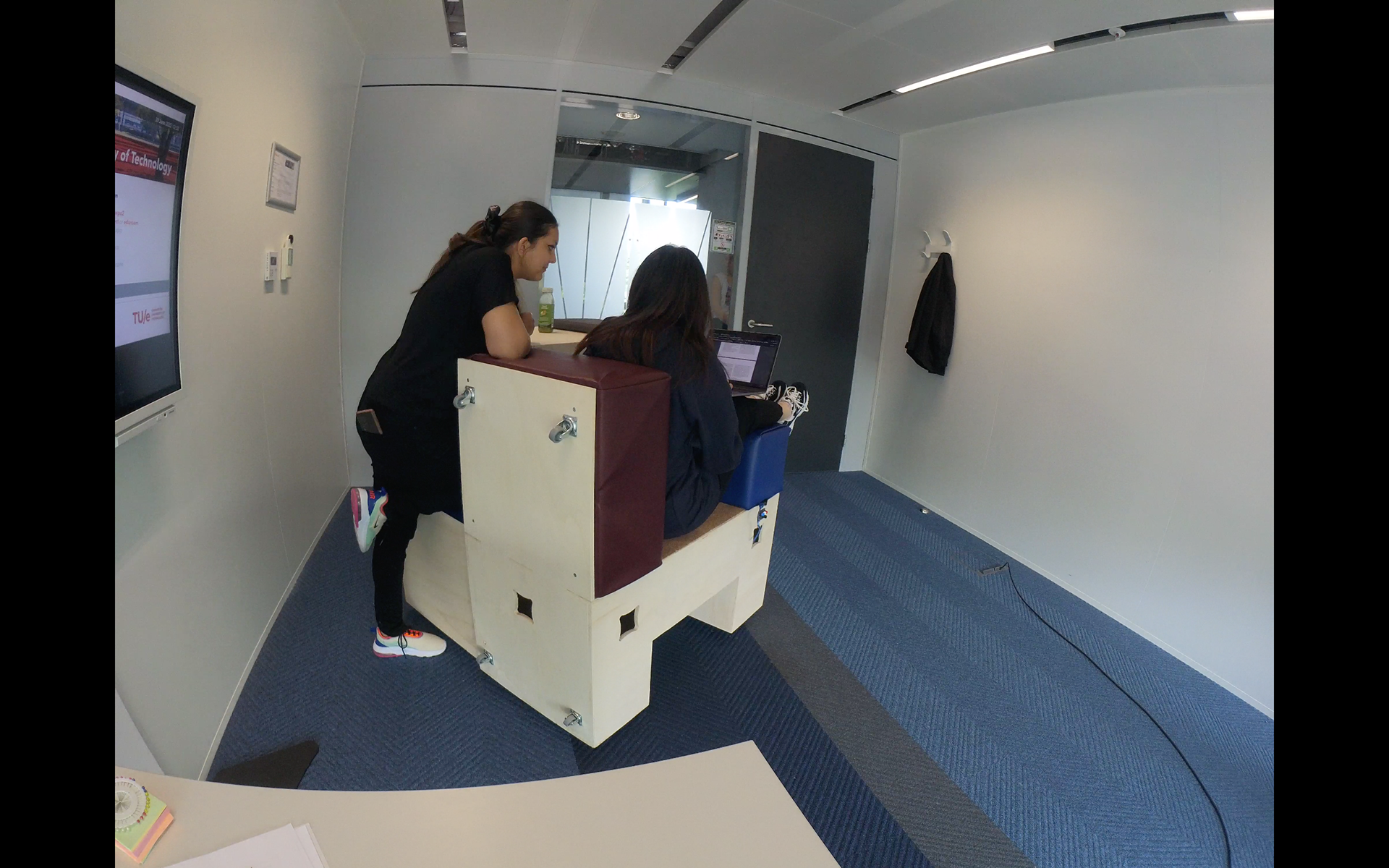"User and Society" is my second leading expertise area. It was challenging as I did not have any experience in user research before starting the Master's program, but I certainly had an interest in it and already in high school I was attending extracurricular psychology classes. I have always empathized with users, but lacked the tools or methods to do it in a structured way, yet I was eager to learn.
This field of study was overwhelming at first since I had a lot to cover, but at the same time, it was very rewarding to learn. Besides trying out different methods one of the core learning points was to remain unbiased in the studies and allow users not to agree with my assumptions.
In the M11 project, I learned about basic user studies - questionnaires, interviews with stakeholders, focus group discussion, RGT workshop, validating products with the use of scenarios and testing a mock-up of the service with users. At the same time, I chose a Lab approach in Constructive Design Research (DCM100) course, where we compared different applications for physiotherapy exercise tracking for the elderly and learn to analyze and cluster interviews in detail.
In the next semesters, I managed to structure my gained knowledge during the User-centered design (DDB200) course. It helped me to understand the basics and allowed getting the confidence to design and run the final validation of QmA using scenarios and Miro platform (due to Covid restrictions). From this moment I started to experiment more and during my individual development, I managed to try many different methods. I started with unconventional ways of collecting data like Design Probe, Photosafari, co-creation exercises and bodystormings in the M12 Project. Next, I went through a more structured, market-oriented process based on experts' knowledge and user validations of similar products collected in the form of interviews. In my FMP I worked closely with the users I was designing for, being able to observe their environment and behavior. To understand their needs I run extensive interview sessions which resulted in the creation of Personas. My final validation I have done in a focus group set-up with a physical prototype.
Moreover, I learned a lot about theories and frameworks for behavior change. A great amount of knowledge I gained and learn to apply during the elective Design for behavioral change (DDM110). In this course, together with a team we worked towards sustainable use of water by students in a university environment. By understanding the problem and choosing the right theory for it, we got practice in implementing it in real life. Moreover, I used frameworks such as Design with Intent (Lockton, 2010) or Nudge deck (Caraban et al., 2020, July) to stimulate choices of solutions influencing behavior.
Caraban, A., Konstantinou, L., & Karapanos, E. (2020, July). The nudge deck: A design support tool for technology-mediated nudging. In Proceedings of the 2020 ACM Designing Interactive Systems Conference (pp. 395-406).
Lockton, D. (2010). Design with intent: 101 patterns for influencing behaviour through design. Dan Lockton.

Interview with QA officer (M11)

Focus group (M11)

Co-creation of vibration patterns (M12)

User Test of Momentum (M12)

Design Probe (M12)

Bodystorming during meeting (M12)
